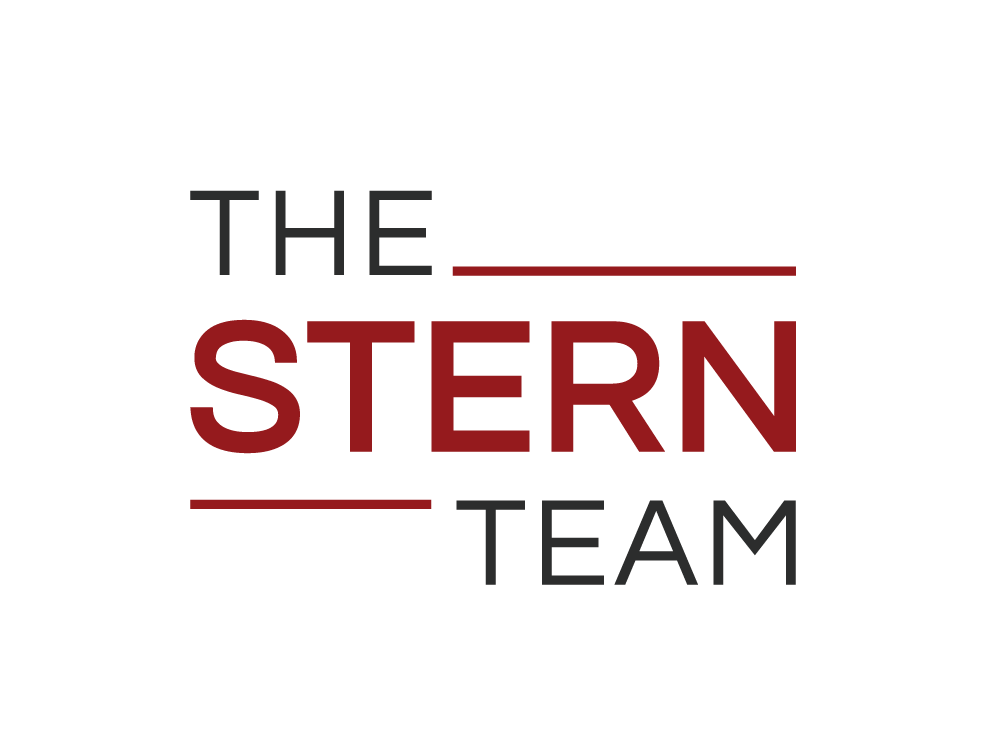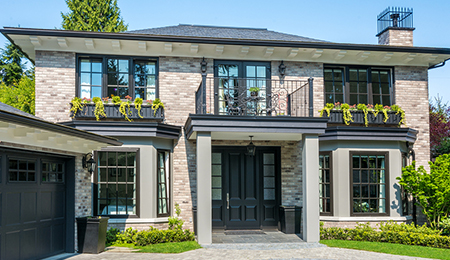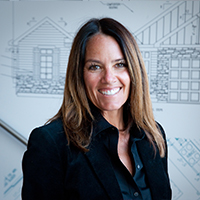Today I want to tell you the truth about interest rates and how they affect home sellers and buyers in the current market.
Interest rates have been on the rise over the last couple of months, and we shouldn’t be surprised by this. In fact, most experts have been predicting the increase in mortgage rates for the last two years.
First, let’s garner a little perspective about what’s normal in terms of interest rates. If we go back over the past 42 years, the average interest rate is about 8.4%. For the younger population, that’s simply not realistic. If we go back to 1990, the average rate was 6.8%. Today that number is somewhere around 4.5%. We’re still quite a bit lower than the historic average.
he Federal Reserve prefers to keep the Fed Funds rate between 2% and 5%. This is the sweet spot for maintaining a healthy economy and matches the nation’s GDP growth which falls between 2% and 3% annually. Here, the natural unemployment rate is between 4.5% and 5%.
Price increases remain below the Fed’s inflation target of 2% core inflation rate. But there were times in history when the nation’s benchmark interest rate was well above the sweet spot. That was to curb runaway inflation. Since 2008, it’s been well below that point to stimulate economic growth.
Once you see how the Fed changes the Fed Funds rate, then you’ll understand how it manages inflation and recession. The current Fed Funds rate is about 1.5%. The Fed signaled it will raise rates to about 2% in 2018, 2.5% in 2019, and 3% in 2020.
“When mortgage interest rates go up by 1%, the cost of owning a home goes up by about 10%.”
The rate is critical in determining the U.S. economic outlook. This means that interest rates are likely to continue their rise to normalcy. How will that affect homebuyers?
As you can see on the chart in the video at 2:24, when mortgage interest rates go up by 1%, the cost of owning a home goes up by about 10%. In other words, if you were shopping for homes priced at $350,000 and interest rates went up by 1%, now you’d be shopping for homes priced at $311,100 to get the same monthly payment. That’s a pretty significant difference.
If you’re a home seller, realize that we’re in a trickle-up economy. This means that if there’s a 1% increase in interest rates, you’ll have 18% fewer potential buyers. Statistically, if an interest rate increases by 1%, then we lose the bottom 18% of first-time homebuyers. They’re the answer to the move-up buyers, since they’re buying the move-up buyers’ homes. This story plays out all the way up the housing price chain.
As a side note: because of the continued low interest rates, affordability has remained near record-lows going back again about 42 years.
What is the affordability index? This index tells us what percentage of the average household income at the average interest rate it will take to buy the average home. Nationally the average is around 22%. This is around the fourth or fifth lowest on record—strike now while the iron is hot and sell while the buyers are still able to buy.
If you have any questions about this topic, don’t hesitate to reach out to me. I’d love to help you any way I can.







